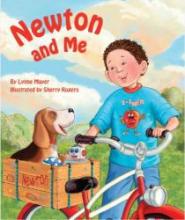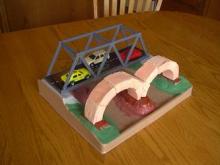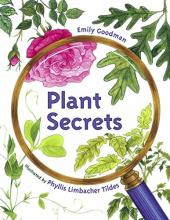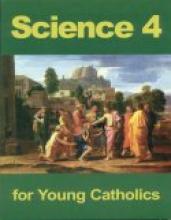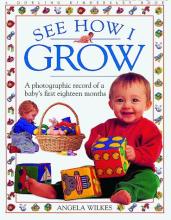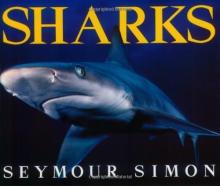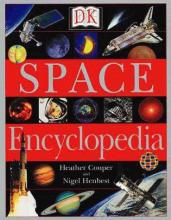Science
Newton and Me
Old Mother West Wind and other stories
You are probably already familiar with the animal stories written by Thornton Burgess in the early 1900s. These go by titles such as "The Adventures of Johnny Chuck" and "Old Mother West Wind" and are sold by Dover Press for only $1. Each book tells about the life and adventures of various animals in such a way that the child easily learns about animal habitat and woodland lessons. In "Old Mother West Wind" the book starts off telling about her children, "The Merry Breezes" who carry scents of animals as they fly along ruffling (tickling) the fur of different animals. Later in the book we read about a bird who, one night, almost looses her eggs to a skunk without a strip. Now we have an idea of why God gave skunks stripes. My daughter silently reads a chapter from these books each day and narrates them at dinner. These are written at the second grade level.
Our Amazing Bridges
Bridge-Building Kit
Plant Secrets
I confess I have a stack of books here waiting... some about libraries under different themes. Alas, the warmth today brings our minds to travel towards a green world, full of sunshine and growth.
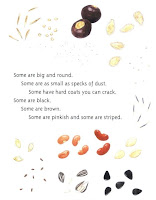
That, coupled with my 4th grader exclaiming, "Mom, you should blog about this nice book!" has me posting this gem found at the library under new books just yesterday! She is an avid picture book reader and her enthusiasm for this colorful, plant-full book alone is a thumbs up for me!
Product description:
Plants come in all shapes and sizes, but they go through the same stages as they grow. Using four common plants, young readers learn about a plant's life cycles. Simple text and colorful illustrations show the major phases of plant growth: seed, plant, flower, and fruit. Back matter offers more information on each plant, as well as on each stage of growth.
Pyramid
Science 4 for Young Catholics
This 4th grade science textbook is nicely laid out and easy to use. Each chapter begins with a brief biography of a famous Catholic scientist, like Copernicus, Mendel and Pasteur, followed by four literal comprehension questions. The goals of the chapter and an outline are also provided at the beginning of each chapter. Interspersed among the text of the chapters are experiments, activities, and review questions. There are also review study pages at the end of the chapter.
Since it is a Catholic text, the author inserts things to think about which are distinctly Christian. For example, in the chapter about plants, the text offers an explanation of the plant dying to release a seed. There is a picture of a Crucifix on the page and an accompanying caption explains, " . . .a flower dying to produce a seed reminds us of how Jesus suffered and died in order that we might have new life."
The topics covered in this course are The Heavens; The Earth, Moon and Space; Oceans, Weather and Climate; Water and Material Things; Machines; Living Things; The Wonder of Man; and Health. Many states require a health component and this last chapter handily takes care of that requirement.
The topics are arranged in the order of creation, which is great for religion, but not necessarily good for the study of science. If done that way, the student starts with things which are least known to him (the heavens), instead of those things which are most known. However, most secular science texts also start with things least known, like cells. A significant drawback to the text is that there are few if any true "thinking" questions. The questions for review are all explicitly literal comprehension. Even the experiments and activities do not ask the student to reflect about what he has observed or to draw conclusions. That seems to leave out a very important element in the study of science.
If supplemented with discussion and hands on activities, this could be a useful text because of the information it provides. The chapters do not rely or build upon one another, so you could teach the topics in any order you choose.
Although there are many lovely illustrations in this book, I found the cheesy illustrations (such as a cartoonish picture of a sun with sunglasses in the astronomy section) annoying and in conflict with how I want my children to learn to love science. (A.V.H.)
See How I Grow
This well-worn book has been kicked-around, chewed on and well-loved by my young children since my second oldest received it for Christmas just before the birth of his new baby sister (he was two at the time). The book is a photo-story of the author's daughter as she grows from a new baby to an active toddler. Each two-page shows a number of pictures of the baby doing whatever she does best at that given age. It's a very simple idea, although with my adult fussiness I would only complain that the pages are a bit busy and I sometimes wonder if my very young children understand that all the pictures are of the same baby.
While not a board book, the pages are extra thick and have held up pretty well considering the wear-and-tear in our household. In fact the only major damage so far is that the front and back end-pages have been torn-off (which happily did not damage the actual text of the book). This is really a pre-preschool book (Ages 1 - 4).
Sharks
Seymour Simon is well-known for his numerous photo-essay-type of picture books for elementary-aged students. Most of his books center around one specific well-defined topic and are illustrated with full-page photographs of the subject. This book is no exception. Sharks is an unpaginated, 32-page picture book, with approximately half of those pages containing full-color photographs of sharks.
The text begins by reassuring the young reader that shark attacks on humans are relatively uncommon and continues with a comparison between sharks and other types of fish. Several pages describe the characteristics of different kinds of sharks, leaving the reader with a sense of how varied these fish truly are. There are also two pages that describe the different types of shark reproduction; for my young non-readers, I skipped the paragraphs that described "external fertilization" and "internal fertilization". The book closes by reminding the children that sharks do not attack people very often, despite what they may have heard, and gives several suggestions for staying safe whilst swimming.
As usual for Seymour Simon's books, the photographs are of high quality and are truly the highlight of the book. Two of the photographs show the teeth and jaws of sharks up close, and my sensitive 5-year-old was horrified. Even so, my 3-year-old was fascinated. One photograph shows the birth of a lemon shark, which is born live as are human babies; my little readers didn't understand this and breezed right by it. The most popular picture of all was that of a hammerhead shark. The children were incredulous that any living creature could look so odd. Weeks later, they still talk about the hammerhead and are anxious to see one at an aquarium.
Space Encyclopedia
We've started working our way through parts of this book as a read-aloud for younger children but have enjoyed it especially for the pictures. It covers everything from the Hubble Space Telescope to the surface and atmosphere of the Sun, Moon and Planets, from Space Pioneers to star maps, from explanations of various types of telescopes to black holes and discussions of the possibility of extraterrestrial life. We've only read a small portion of the text so far, but were pleased to find that the text came out better than expected in several litmus-test areas. The detailed charts on things you can see in the night sky was very helpful.

